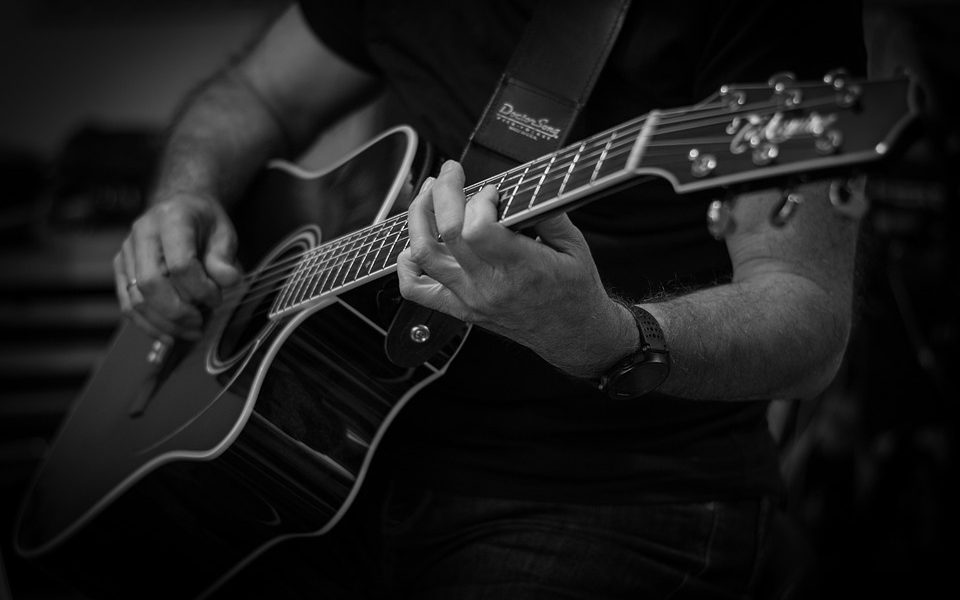Master Chord Inversions: A Comprehensive Guide for Guitarists
Master Chord Inversions: A Comprehensive Guide for Guitarists
Introduction to Chord Inversions
Chord inversions are a valuable tool for guitarists looking to add depth and variety to their playing. By changing the order of notes within a chord, you can create new and interesting voicings that can breathe fresh life into familiar chord progressions. In this article, we will explore the concept of chord inversions in depth, providing a comprehensive guide for guitarists looking to master this essential skill.
What is a Chord Inversion?
A chord inversion occurs when the notes of a chord are reordered so that a different note becomes the lowest note. Traditional chord voicings on the guitar typically place the root note as the lowest sounding pitch, but by using inversions, you can change the color and texture of the chord. Inversions can be particularly useful for creating smoother voice leading in your chord progressions, as well as allowing you to play more complex and harmonically rich chords.
Types of Chord Inversions
There are three main types of chord inversions that guitarists should be familiar with:
1. Root Position: In root position chords, the root note is the lowest sounding note. This is the most common chord voicing used in traditional guitar playing.
2. First Inversion: In first inversion chords, the third of the chord becomes the lowest sounding note. This inversion is often used to create smoother voice leading in chord progressions.
3. Second Inversion: In second inversion chords, the fifth of the chord becomes the lowest sounding note. This inversion can add a sense of tension and release to your playing, as well as providing a unique flavor to your chord progressions.
How to Play Chord Inversions on the Guitar
Playing chord inversions on the guitar may seem intimidating at first, but with practice and patience, you can master this essential skill. Here are some tips to help you get started:
1. Learn the Notes on the Fretboard: To effectively play chord inversions, you need to have a solid understanding of the notes on the guitar fretboard. Take the time to memorize the notes on each string, as this will allow you to quickly locate the root, third, and fifth of any chord.
2. Practice Common Chord Shapes: Begin by mastering common chord shapes in their root position. Once you are comfortable with these shapes, start exploring inversions by moving the notes around within the chord.
3. Experiment with Fingerings: As you start playing chord inversions, you may find that certain fingerings work better for you than others. Experiment with different fingerings and find what feels most comfortable and efficient for your playing style.
4. Practice Moving Between Inversions: To truly master chord inversions, practice moving smoothly between different inversions of the same chord. This will help you develop a strong sense of how the notes in a chord relate to each other, as well as improve your overall finger dexterity on the guitar.
Common Chord Inversions on the Guitar
Now that you have a basic understanding of chord inversions, let’s take a look at some common inversions that you can incorporate into your playing:
1. C Major Chord Inversions:
– Root Position: (x32010)
– First Inversion: (x3555x)
– Second Inversion: (x3x551)
2. G Major Chord Inversions:
– Root Position: (320033)
– First Inversion: (x5543x)
– Second Inversion: (3x443x)
3. D Minor Chord Inversions:
– Root Position: (xx0231)
– First Inversion: (x5776x)
– Second Inversion: (xx0575)
By incorporating these common chord inversions into your playing, you can add new depth and color to your chord progressions, creating a more dynamic and expressive sound.
Conclusion
Mastering chord inversions is an essential skill for any guitarist looking to expand their repertoire and add complexity to their playing. By understanding the different types of inversions, practicing common chord shapes, and experimenting with different fingerings, you can take your playing to the next level. Incorporate chord inversions into your practice routine and watch as your playing evolves and grows in new and exciting ways.






